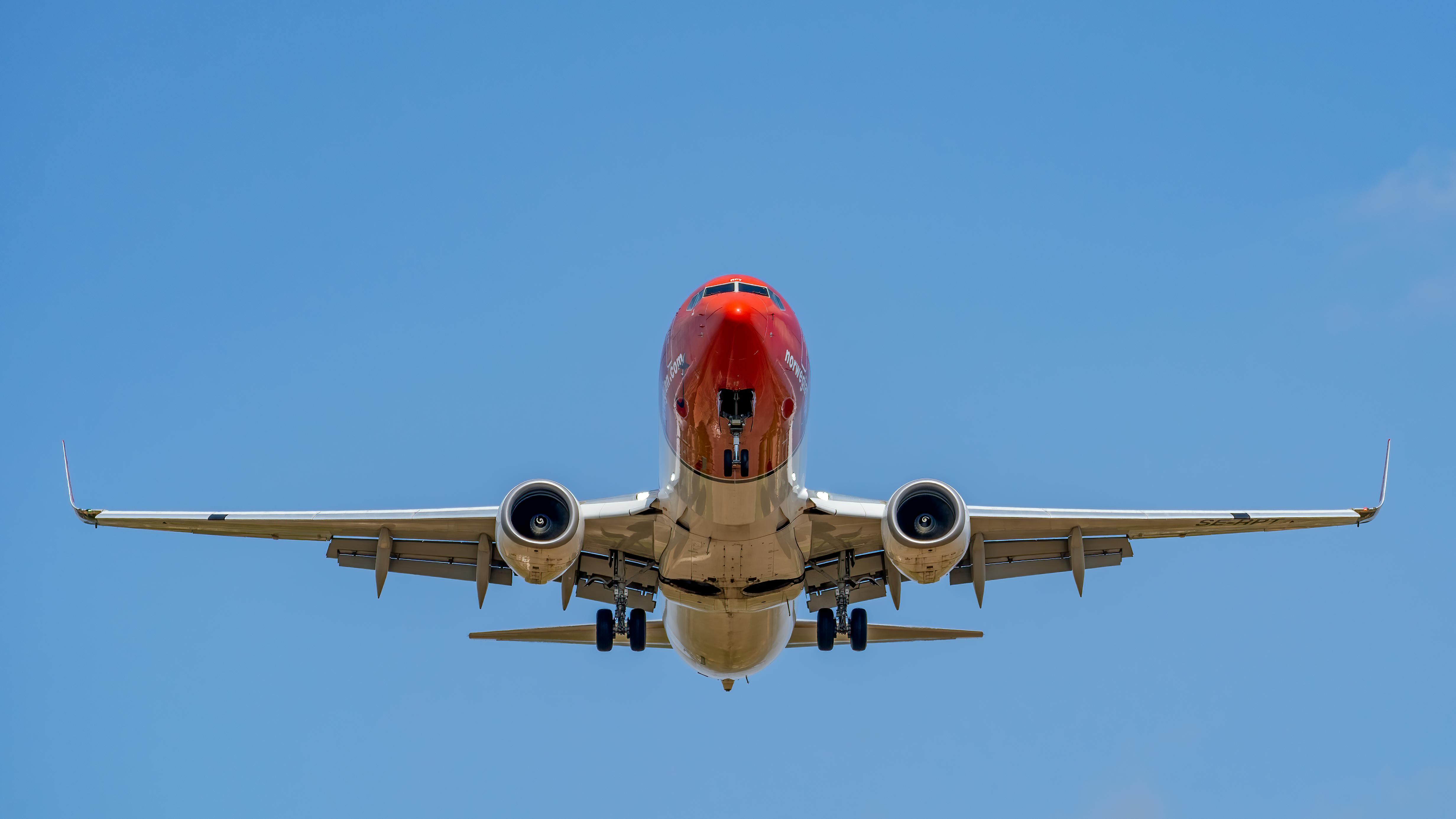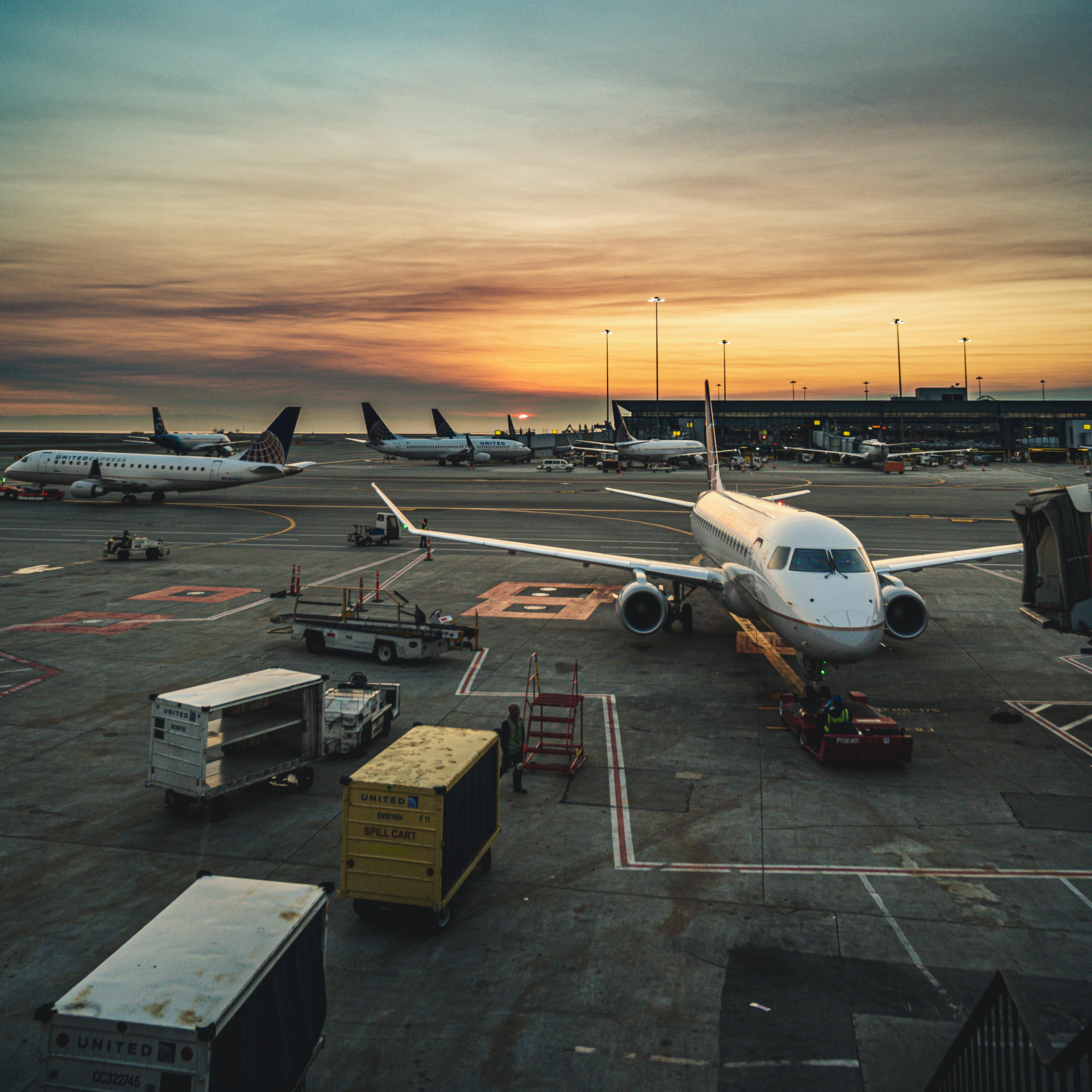🕓 Estimated Reading Time: 5 minutes
Overview
Commercial aviation traverses the globe, connecting continents with remarkable efficiency. Yet, a vast expanse of the world's surface remains largely untouched by the standard flight paths of passenger jets: the remote South Pacific. For many travelers, the direct route between, say, South America and Australia might seem logical, cutting across this immense ocean. However, for a complex interplay of safety, logistical, and regulatory reasons, most commercial South Pacific flights are meticulously planned to avoid its deepest, most isolated stretches. This deliberate avoidance is a testament to the rigorous safety standards governing global air travel, prioritizing passenger welfare over the shortest distance.

Background & Context
The primary reason for eschewing direct routes over the central South Pacific lies in its sheer remoteness and the critical need for diversion airports. Unlike well-traveled corridors over land or even other oceanic routes, the vast stretches of the South Pacific offer very few suitable airfields for an emergency landing. This lack of infrastructure is a significant deterrent for any aircraft flying over Pacific waters, especially those with only two engines.
Historically, aviation regulations played a crucial role in shaping these routes. Early twin-engine aircraft were restricted to flying within a certain distance of suitable diversion airports, typically 60 minutes. This was a direct response to the reliability of early jet engines, where the failure of one engine was a more significant concern. Over decades, as engine technology advanced dramatically, allowing twin-engine jets to operate reliably for extended periods on a single engine, these regulations evolved. This evolution led to the introduction of ETOPS rules (Extended Twin-Engine Operational Performance Standards).
'ETOPS certification is paramount for flights over vast oceanic areas. It dictates how far a twin-engine aircraft can be from a suitable diversion airport, ensuring safety even in the unlikely event of an engine failure.'
ETOPS ratings define the maximum amount of time an aircraft is permitted to fly on one engine to reach a diversion airport. For instance, an ETOPS-180 certified aircraft can be up to 180 minutes (three hours) from the nearest suitable airport. While modern aircraft, such as the Boeing 787 Dreamliner or Airbus A350, boast impressive ETOPS ratings (some certified for ETOPS-330 or even higher), the sheer scale of the South Pacific means that even these advanced capabilities can be stretched. The vast stretches between islands like French Polynesia, Easter Island, or even closer to New Zealand or Chile, often exceed these ETOPS limits, leaving pilots with no viable emergency landing options for hours on end. Furthermore, the limited communication and search-and-rescue infrastructure in such remote areas add another layer of complexity and risk, making the alternative, slightly longer routes, a more prudent choice.
Implications & Analysis
The decision to avoid the central South Pacific has significant implications for airline operations and global long-haul flight routes. Airlines must meticulously plan their flight paths to ensure they remain within the ETOPS limits of their aircraft, often resulting in routes that follow an arc or 'island hop' rather than flying in a straight line. For flights between South America and Oceania, for example, routes often hug the northern edge of the South Pacific, sometimes routing closer to North America, or make significant detours to pass over island nations like Fiji, French Polynesia, or even New Zealand, which offer suitable airports.

This practice adds to fuel consumption, flight duration, and operational costs. While a direct great-circle route might seem more efficient on a map, the added fuel required for a diversion, the potential for extended flight times, and the inherent risks of an aircraft diversions in a truly isolated region far outweigh the perceived benefits of a shorter path. Airlines must account for these factors in their flight planning, ensuring they carry sufficient reserve fuel for unforeseen circumstances and have contingency plans for any emergencies. The lack of air traffic control coverage and real-time weather information over vast swathes of the South Pacific also contributes to the conservative routing, as pilots rely on the most accurate data available for safe navigation.
Reactions & Statements
Aviation regulators worldwide, including the Federal Aviation Administration (FAA) in the U.S. and the European Union Aviation Safety Agency (EASA), consistently emphasize safety as the paramount consideration in flight operations. Their regulations, particularly ETOPS, reflect a commitment to minimizing risk, even if it means sacrificing directness for certain routes. Airlines, in turn, are bound by these regulations and invest heavily in training, maintenance, and operational procedures that adhere to the strictest safety standards.
'The goal of ETOPS is not to encourage flights over desolate regions, but to establish a safety framework that makes such operations permissible under stringent conditions, should they be necessary and viable.'
Industry experts and pilot associations widely support the conservative approach to flying over the South Pacific. While modern aircraft are incredibly reliable, no system is entirely failsafe. The ability to divert to a suitable airport in a timely manner is a cornerstone of modern aviation safety philosophy. The current practices reflect a balanced approach between operational efficiency and the absolute necessity of having contingency plans readily available.
What Comes Next
Looking ahead, the landscape of global flight routes, including those over the Pacific, continues to evolve. Advances in aircraft design, particularly the increasing reliability of twin-engine aircraft and the development of new long-range models, may eventually lead to higher ETOPS ratings. Aircraft like the upcoming Boeing 777X are designed with even greater range and efficiency, potentially offering more flexibility in route planning.
Furthermore, improvements in satellite communication technologies and potential enhancements to search and rescue capabilities in remote oceanic regions could, in theory, mitigate some of the current risks. However, the sheer cost and logistical challenge of establishing new, fully equipped diversion airports in the heart of the South Pacific remain prohibitive. Therefore, while aircraft technology may push the boundaries of ETOPS, the fundamental geographical and infrastructural challenges of the remote South Pacific mean that it is likely to remain largely untouched by direct commercial flight paths for the foreseeable future, as safety will always take precedence.
Conclusion
In summary, the avoidance of the remote South Pacific by most commercial flights is a pragmatic decision rooted in the fundamental principles of aviation safety. The vast distances between suitable diversion airports, coupled with stringent ETOPS regulations and limited ground infrastructure, compel airlines to opt for longer but safer routes. While modern aircraft boast incredible reliability, the industry remains steadfast in its commitment to ensuring viable emergency landing options are always within reach. This approach, though sometimes adding to flight duration, underscores a global aviation standard where passenger safety is the ultimate priority, shaping the very routes that connect our world.
Comments
Post a Comment